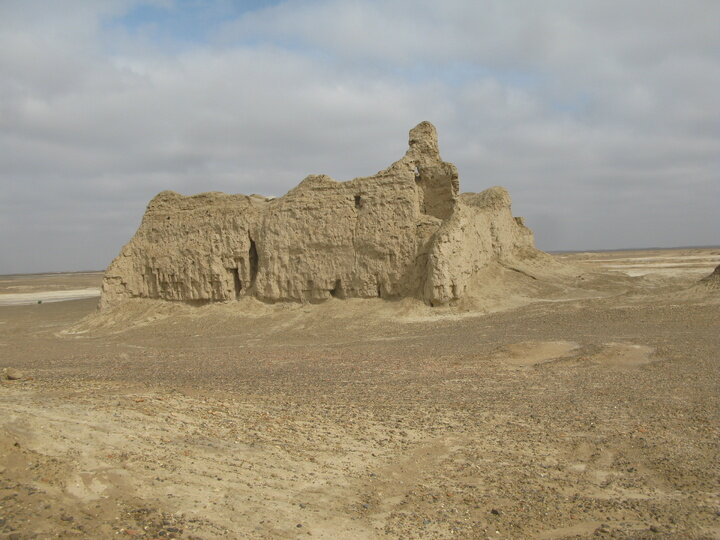23 historical sites discovered along a developing railroad in southeast Iran

TEHRAN – Archaeologists have discovered 23 historical sites and mounds, primarily dating back to the late fourth millennium BC in southeast Iran.
The discoveries were made near the UNESCO-designated Burnt City during an ongoing investigation along the Zahedan-Zabol railway route, which is currently under construction, CHTN reported on Saturday.
“During the field investigation of this project, the sites within the 0 to 200-meter range on both sides of the railway axis, in the east and west directions, were examined, and the surface findings were documented,” said archaeologist Hossein Moradi, who leads the survey.
In this field study, a total of 23 historical sites and mounds have been identified on both sides of the railway line, primarily belonging to the late period of the Burnt City, with a historical timeframe ranging from approximately 2400 to 2300 BC, Moradi explained.
Founded around 3200 BC, it was populated during four main periods up to 1800 BC.
The archaeologist believes the discovery holds significant promise for shedding light on the ancient civilizations and cultures that once thrived in the region, providing valuable insights into the history of the area along the Zahedan-Zabol railway route.
Also known as Shahr-e Sukhteh, or Shahr-i Sokhta, Burnt City is associated with four rounds of civilization, all burnt down by catastrophic sets of fire. The site is situated in the Sistan-Baluchestan province, which was once a junction of Bronze-Age trade routes crossing the Iranian plateau.
According to the UN cultural body, changes in water courses and climate change led to the eventual abandonment of the city in the early second millennium. The structures, burial grounds, and numerous significant artifacts unearthed there and their well-preserved state due to the desert climate make this site a rich source of information regarding the emergence of complex societies and contacts between them in the third millennium BC.
Burnt City was populated during four main periods up to 1800 BC. Previous rounds of excavations showed that its residents had great skills in weaving, and creating fine arts such as decorative objects, stone carving, and pottery painting.
AFM
Leave a Comment